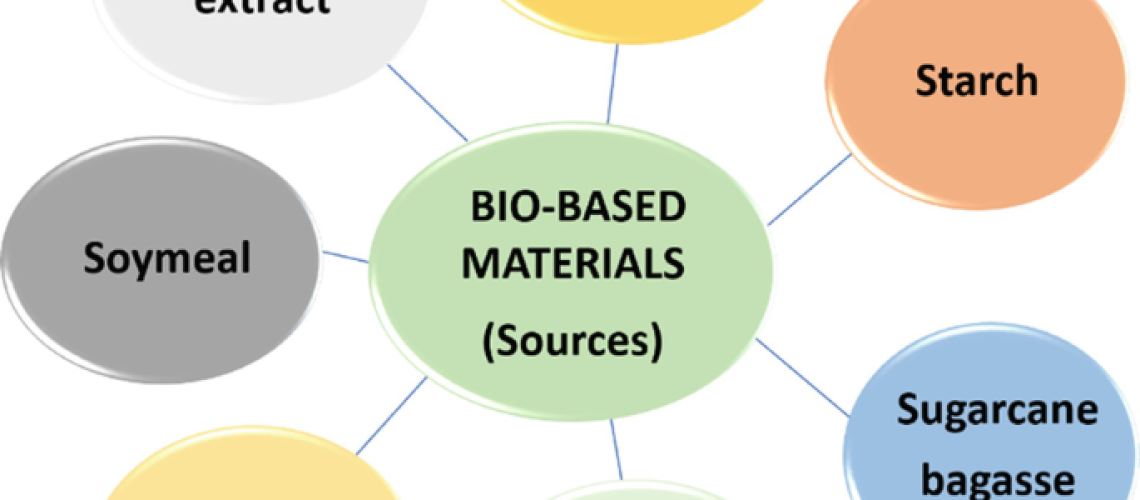With the increasing shortage of non-renewable resources such as petroleum and people’s awareness of environmental protection, replacing non-renewable petroleum resources with renewable biological resources has become the future development trend, and bio-based materials have emerged.
For bio-based TPU materials, there are two methods of production and preparation as follows: First, the hydrogen group is introduced by the hydrogenation reaction of the fatty acid glycerides in castor oil with alcohols under the action of catalysts to produce bio-based polyols with certain functional groups and relative molecular weights.
The bio-based polyol is polymerized with diisocyanate and various additives to produce bio-based TPU materials. This method produces bio-based materials with good transparency, high cost, long procurement cycle, less hardness available, and faster molding compared to the latter (but significantly slower than all-petroleum-based materials). Polylactic acid (PLA) of a certain molecular weight is synthesized by chemical synthesis. The bio-based material is opaque (milky white), relatively low cost, short procurement cycle, wide range of hardness options, and long molding cycle.
The bio-based material has a better explanation than petroleum-based material, and the biomass part of the biobased material can be completely explained to water and carbon dioxide without polluting the environment. Because of its renewable character, it plays a great role in protecting the environment. Biobased materials with biomass greatly improve their degradability and reduce their dependence on non-renewable resources such as petroleum.






